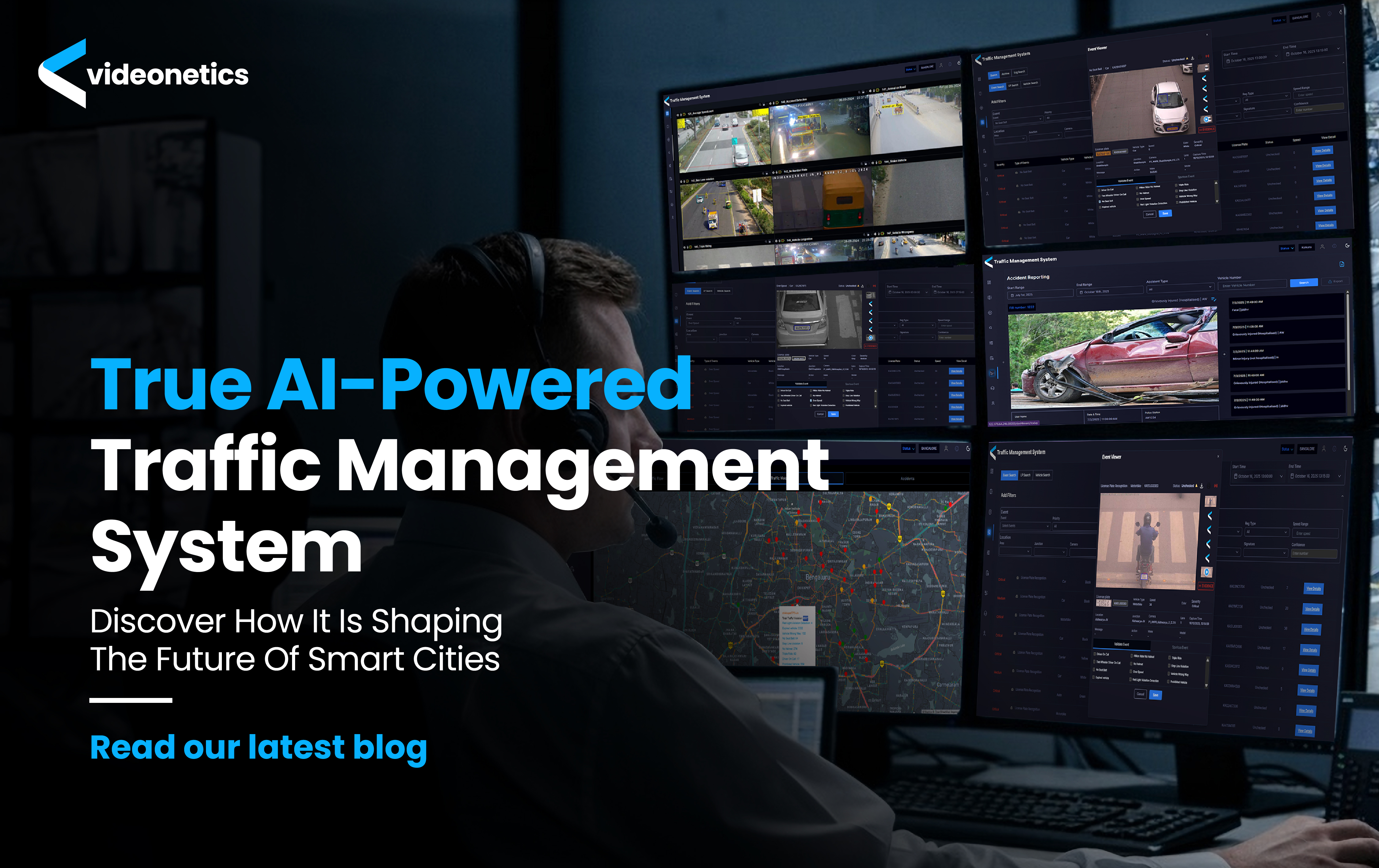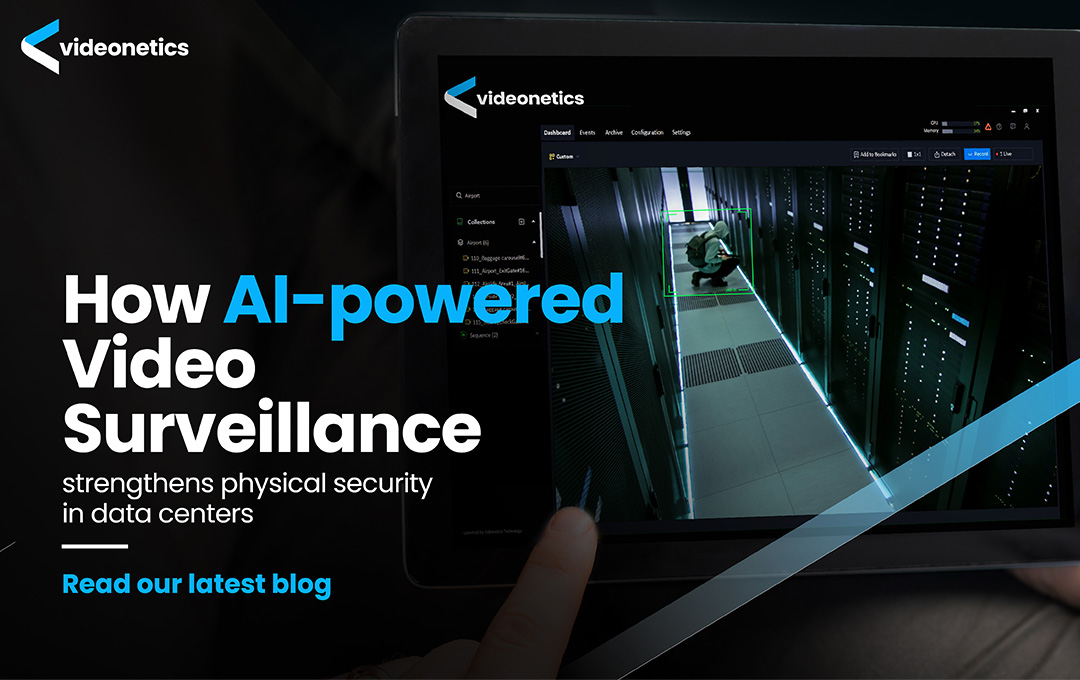Traffic authorities can benefit from Artificial Intelligence (AI) to detect anomalies on city roads
, Technology-1676536055.png)
In this day and age, managing traffic on roads in urban areas is anything but effortless. It becomes even more challenging when there is a mishap or anomaly. Whenever there is any such occurrence, it tends to affect the entire road traffic ecosystem. It impacts daily commuters and traffic management alike, which, as a result, adversely affects productivity. This brings us to a question – how to detect such road traffic anomalies? We can take the help of Artificial Intelligence and Deep Learning to detect road traffic anomalies.
Modus Operandi of Traffic Anomaly Detection
But before that, we need to know how traffic anomaly detection functions. Road traffic anomaly detection corresponds to a situation that does not conform to an expected pattern of usual traffic at a road intersection. It is possible to detect such an anomaly with the help of Artificial Intelligence (AI) and Deep Learning (DL) technologies which analyze the video streams from CCTV cameras. The AI and DL algorithm understands the scene in the camera's field of view (FoV) and analyzes the situations that are not present in the trained dataset.
Let us consider an example of a stretch of road where traffic flows in a usual manner. The vehicles run unobstructed. An overview camera captures the flow, and the algorithm analyses the flow to understand various patterns such as the average speed of vehicles, classification, and the number of vehicles plying on the road. If a vehicle stops in one of the lanes, which cause other vehicles to slow down and change lane, the regular pattern is disturbed. This anomaly is not present in the algorithm dataset, and an alert is generated for the operator to initiate an action. This is the basic principle of anomaly detection.
Let's look at the types of traffic anomalies that can be dealt with with the help of AI and DL technologies.
Types of Traffic Anomalies
Traffic anomalies can arise due to a plethora of reasons, but here we will discuss the seven most prominent reasons we come across in our day-to-day lives.
- Sudden change in the average speed of vehicles – this could have been caused by a stopped vehicle, potholes on the road, or some unidentified situation. However, the algorithm works as a decision support system.
- Sudden increase in the number of vehicles or a particular class of vehicles.
- Vehicle speed patterns during various times of the day and a sudden change in the pattern.
- Stationary vehicle on the road.
- Object lying on the road with object classification features.
- Animal strolling/lying on the road causing slow traffic.
- Change of lanes in a no-overtaking zone (when coupled with License Plate Recognition (LPR) cameras.
Video Analytics help in detecting anomalies.
Technology has come a long way in helping the authorities in modern-day traffic management and pre-emptive planning to help ease the ever-growing pressure on road & highway infrastructure. With more and more vehicles coming onto the roads every year, streamlining the flow and avoiding gridlocks is a constant pain for officials. Primarily, cities deploy CCTV-assisted traffic monitoring systems to identify vehicles that violate rules and impose penalties. With all pre-requisite systems in place already, it is only a matter of deploying AI-powered video analytics to detect the most common anomalies on roads so that the authorities on the ground can get immediate alerts. Here are some of such video analytics available at the disposal of the industry:
- Detection of stopped or broken-down vehicle on road
- Detection of vehicles driving in the wrong direction
- Vehicle blocking a free turn
- Vehicles moving slowly in fast lanes
- Detection of Oversized/Heavy Vehicles on roads during prohibited times of the day
- Detection of Banned Vehicle Category
- Detection of Stray Animals
- Detection of Debris/object
- Pothole detection
- Vehicle count & classification
Derived Intelligence
Such video analytics, when applied to a stretch of a road or within a city to identify traffic patterns on various roads in the town, traffic authorities can benefit from Artificial Intelligence (AI) in several ways to detect anomalies on city roads and highways. Here is the take on derived business intelligence from the application of video analytics & data-driven decision-making algorithms.
- Accident detection: Traffic authorities can utilize AI to get real-time situational awareness and detect accidents and the repercussions that are in the process of happening. This is possible using cameras and computer vision algorithms that can recognize patterns and anomalies in traffic flow.
- Congestion detection: Detecting & clearing bottlenecks on city roads at all times of the day is an ordeal for traffic authorities. AI & camera vision can help by analysing traffic flow data and identifying areas where traffic is moving slowly, indicating a congested area.
- Abnormal behaviour detection: AI-driven video analytics can recognize abnormal behaviour on the roads, such as reckless driving, speeding, or vehicles not following traffic rules & can recognize patterns in vehicle behaviour and alert authorities in real-time.
- Predictive maintenance: AI can be used to predict maintenance needs for road infrastructure, such as bridges, tunnels, and interchanges. This can be done by analysing data from sensors and cameras to detect signs of wear and tear, allowing maintenance teams to address issues before they become more significant problems.
- Improving response time: AI can also improve response time for emergency services. By analysing traffic data and patterns, AI can predict the fastest route for emergency vehicles, reducing response time and saving lives.
In conclusion, AI has the potential to significantly improve the efficiency and safety of city roads and highways by detecting anomalies and providing real-time information to traffic authorities.
So, traffic anomaly detection not only provides alerts on specific situations but also gives essential traffic statistical data which the authorities can use to their advantage to understand the emission patterns, increased traffic at a particular time of the day or when this data is plotted against time, can give important traffic insights.





Post a comment
Your email address will not be published.